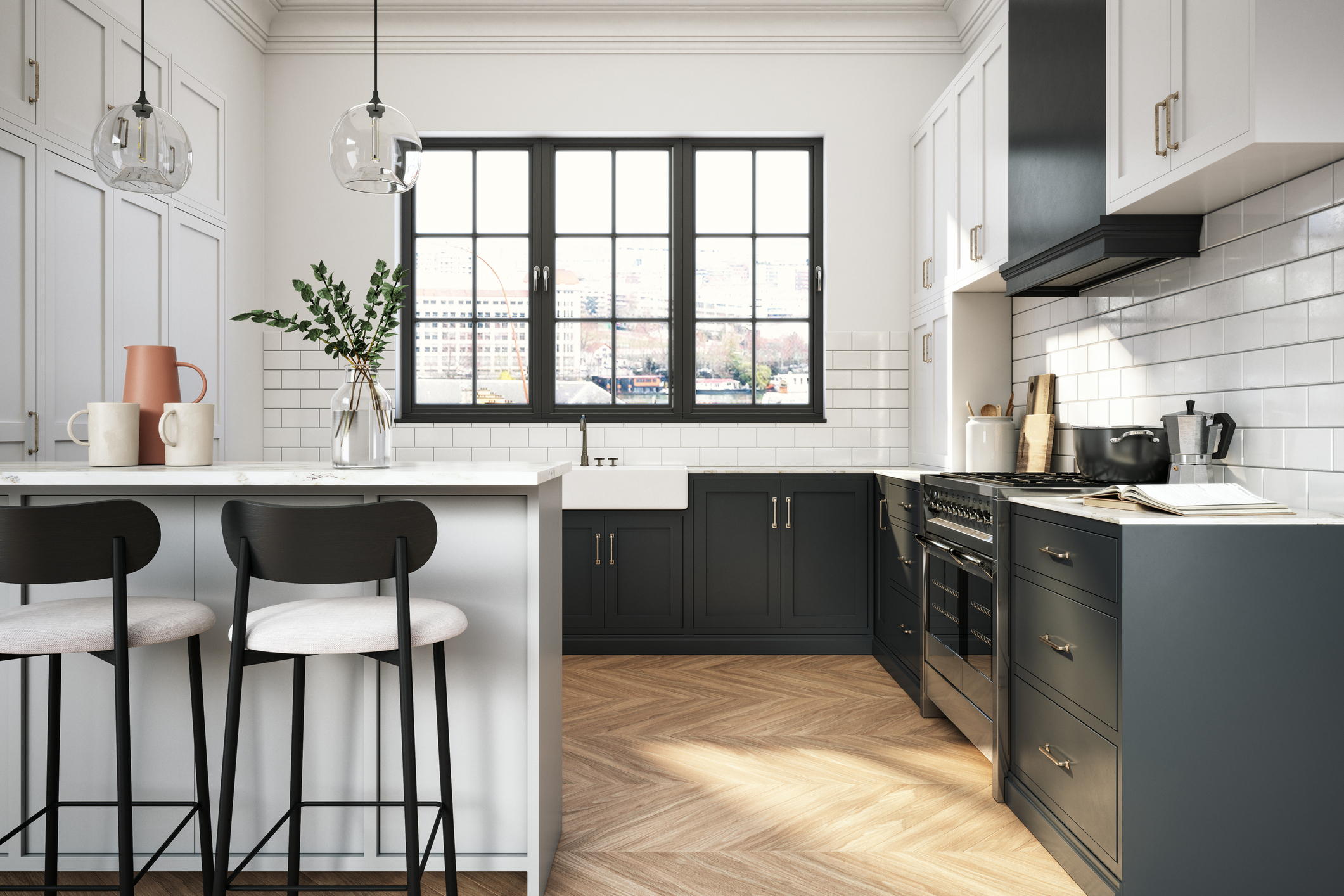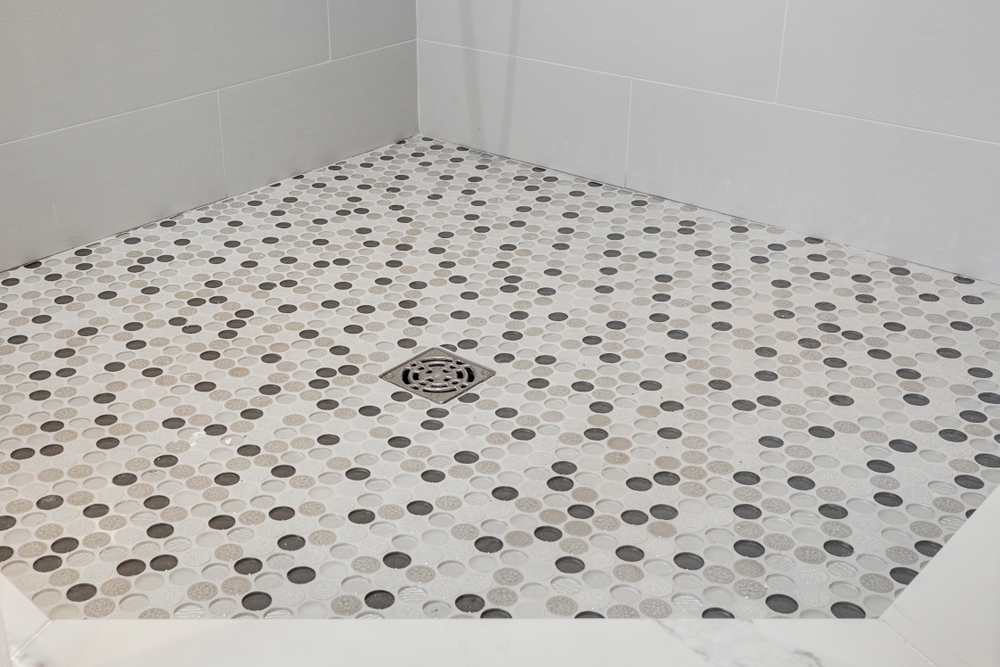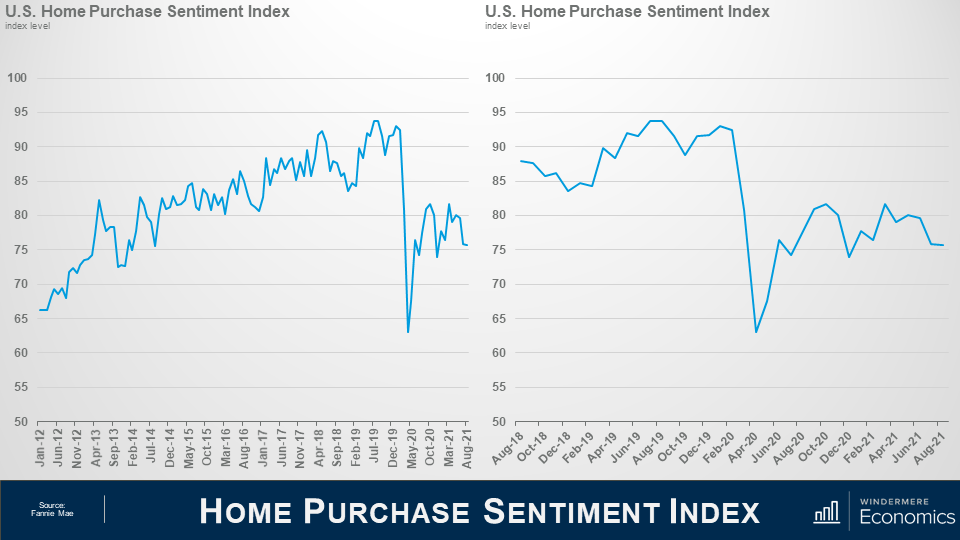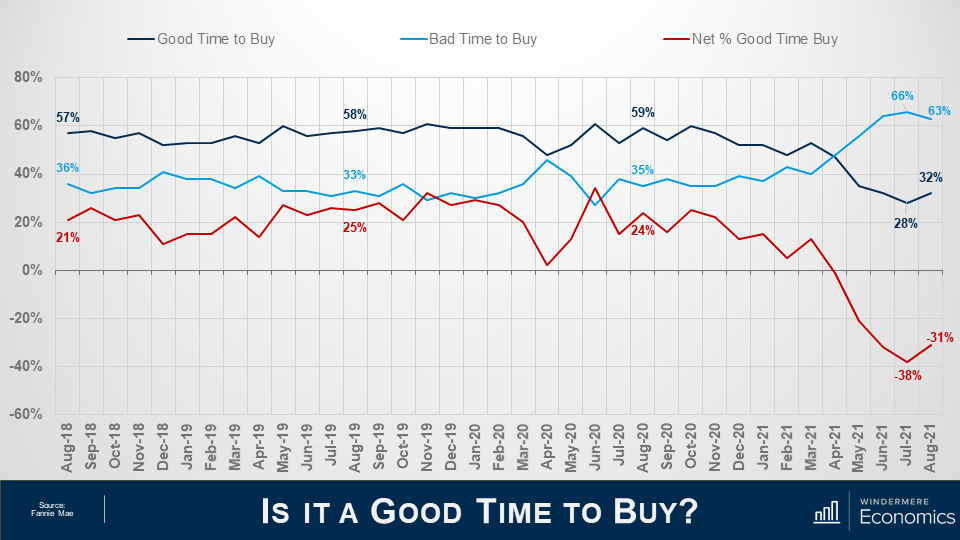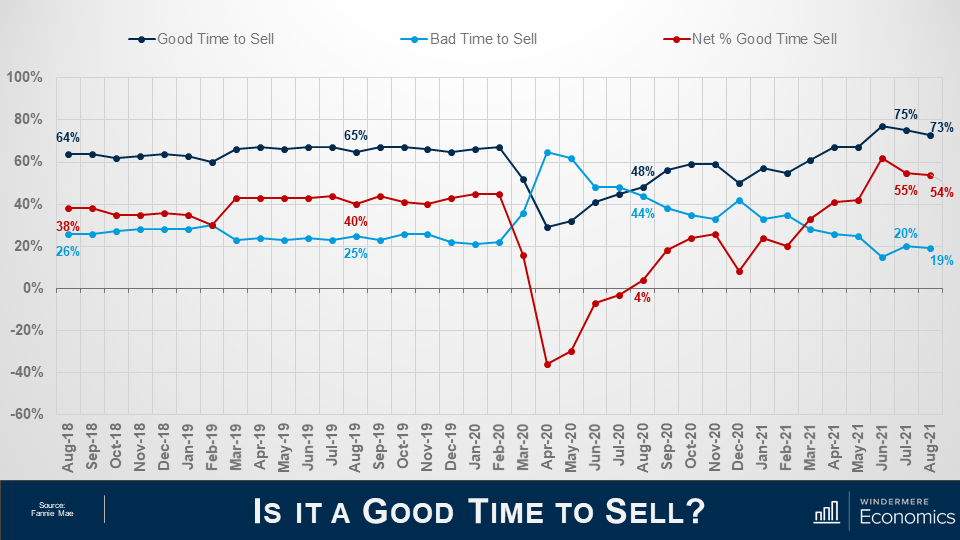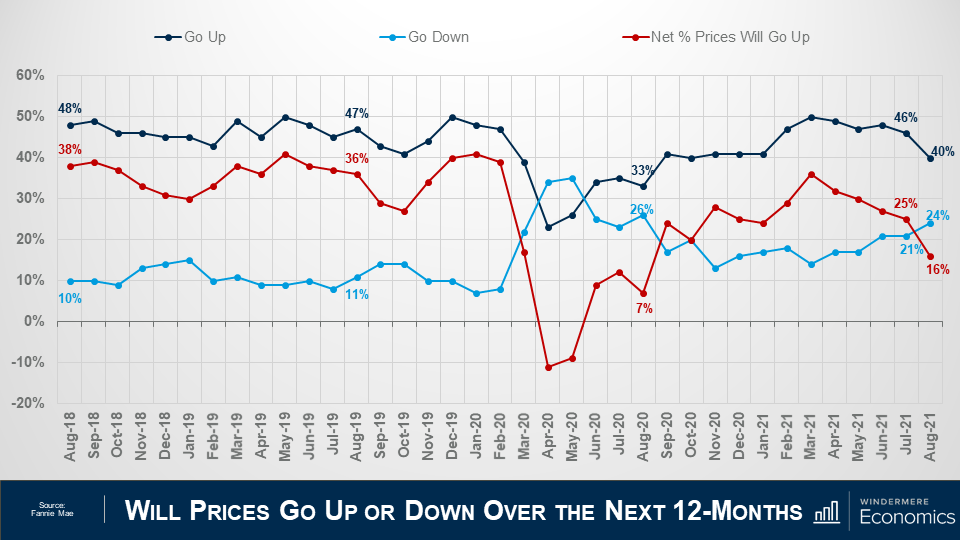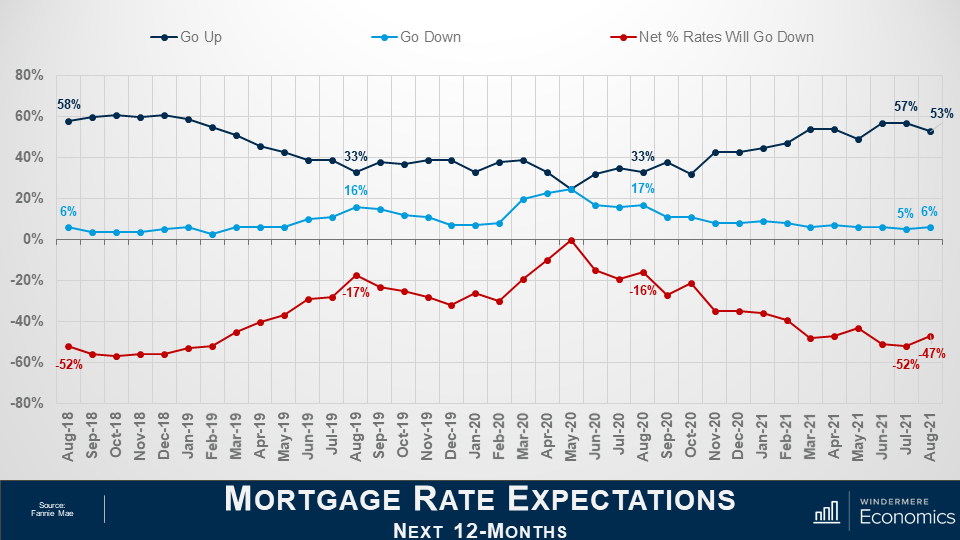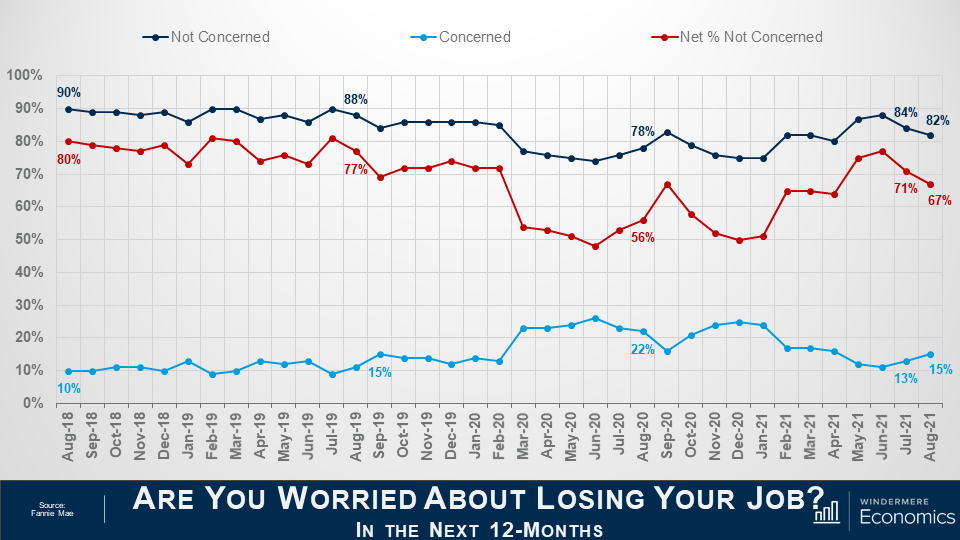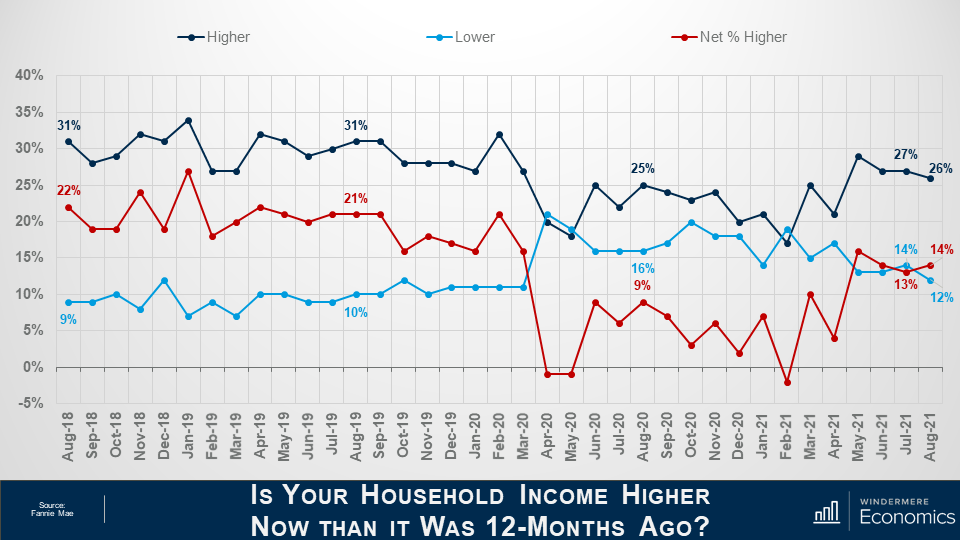For many homeowners, their ideal bedroom is that of a minimalist sanctuary—a place where you can kick your shoes off, relax, and get some shut eye. For others, making their bedroom as cozy as possible is their idea of perfection. No matter what kind of bedroom you’re dreaming of, keep the following information in mind as you prepare to make your upgrades.
A Guide to Upgrading Your Bedroom
How much does it cost to remodel a bedroom?
The total cost to remodel a bedroom depends on the size of the room and the scope of the remodel. According to a recent nationwide report by Fixr, the national cost range to remodel a bedroom is between $14,000 and $40,000, with the national average cost being roughly $21,000. While this might sound like a lot, it includes everything from hardwood floors and painted walls to new furniture and a custom closet.
Another factor that will dictate your budget is whether you plan on doing the remodel DIY or hiring a professional. Taking a DIY approach to your bedroom upgrades will save on labor costs and allows you to complete the project on your own schedule. However, if you get in over your head on a project and things go sideways, it can be costly to fix, and you may end up having to hire a pro to get things back on track.
Before you begin your remodel, create a list of tasks and all the sub-tasks involved to assess whether they are within your skill level to DIY. Determine whether the project requires a permit and check your local zoning regulations before making any additions or extensions to your bedroom.
Which bedroom projects are best for home value?
Adding a bedroom or converting a space into a bedroom can increase your home’s value. That’s because you increase the livable square footage while also making it more appealing to a wider variety of buyers. If your home has fewer bedrooms than other recently sold homes in your area, a bedroom addition may allow you to list at a more competitive price. Talk with your agent to get an idea of what types of upgrades buyers in your area are paying top-dollar for.
Simple Bedroom Upgrades
With costs for a small bedroom remodel averaging up to $20,000, a full-scale renovation may not be in the cards for every homeowner. Fortunately, there are plenty of budget-friendly ways to rejuvenate your bedroom. Here are a few tips to get you started:
- Upgrade your décor: Appealing to the senses will help transform your bedroom in a snap. Add texture by swapping out your bed spread, pillows, and blankets. Go for plush to make it feel like you’re sleeping on a cloud or try vintage elements like knit fabrics for a more traditional comfort. Add natural elements like wood and stone to create an earthy atmosphere. Essential oils and scented candles can bring some added relaxation into the space.
- New hardware and lighting: A simple trip to the hardware store can change the look and feel of your bedroom. Switch out your door handles, drawer pulls, shelves, and lighting fixtures to upgrade your bedroom in the span of a few hours. Select pieces that reinforce the theme you’re going for. For an industrial vibe, select rustic metals and materials. For a minimalist look, choose sleek metals like gold and chrome.
- Decorate with plants: Not only will decorating your bedroom will plants spruce up the space, but they also help to improve air quality. If you have vaulted ceilings, shop around for vertical plants and hanging gardens that can make the most of your empty wall space. If you consider yourself a beginner gardener, consider low maintenance plants like cacti and succulents.
For more information on upgrading your home, read our Guide to Remodeling Your Bathroom.
 Facebook
Facebook
 X
X
 Pinterest
Pinterest
 Copy Link
Copy Link













